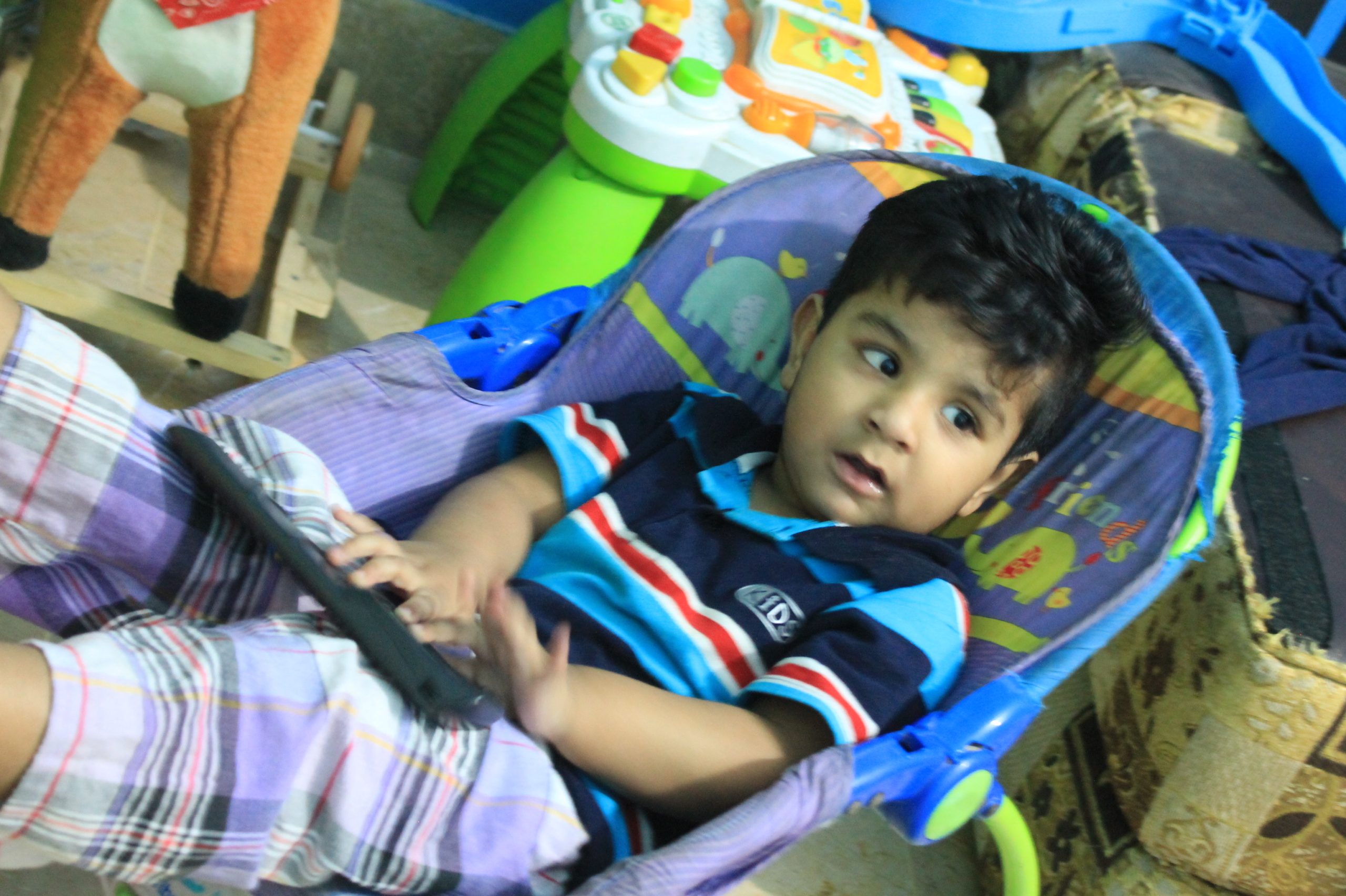Parents often search for how to calm an autistic child, Here are the 5 ways to calm an Autistic Child for parents and caregivers:
1. Deep breathing
Kids are often told to take a deep breath when they feel anxious, but learning to use deep breathing effectively actually requires practice. Daily deep breathing, especially when kids are calm, helps kids learn to control their breathing on their own. When they’re anxious or under stress, using deep breathing will slow their heart rate and regulate their physical responses to anxious feelings.
Adding a visual to deep breathing makes it more fun for kids and helps them remember what to do when they are under stress. Try these two strategies from The Happy Kid Handbook, to practice deep breathing in your home:
- Balloon breathing: Ask your child to close her eyes and picture herself blowing up a balloon. First, she should choose the color for her balloon. Second, explain that blowing too hard or too fast will cause the balloon to pop right out of her mouth. To inflate the balloon, she needs to inhale and exhale slowly. Third, cue her to breathe in for a count of four, hold for a count of four, and exhale into her balloon for a count of four. Repeat three times. Finally, ask her to “write” one worry on that balloon and let it fly off into the sky.
- Rainbow breathing: This strategy often appeals to older elementary children. Have your child lie down on the floor in a comfortable position and play some relaxing music in the background. Cue your child to inhale, hold, and exhale while you count out loud, but add one color per breath. Tell your child that when she takes a red breath, you want her to visualize as many happy red things as she can (e.g. strawberries, watermelon, kites, etc.) Repeat for all seven colors of the rainbow. Talk about the rainbow or relaxing things she created while working on her breathing. 2
One great way to practice deep breathing is to use the Stop, Breathe, & Think Kids app each night before bed. This app takes kids through guided meditation in short increments to help them understand and practice mindfulness for feeling calm. 3
2. Self-talk
Autistic Child can learn to boss back his /her worries by reframing his/her thoughts and using self-talk to feel empowered. While it might feel strange for kids to talk to themselves at first, bossing back their worries in an assertive voice helps kids gain control over their anxious thoughts.
Practicing self-talk is easy and can be fun for kids. Follow these steps to work on bossing back those pesky worries:
- State the anxious thought
- Talk about why that thought keeps popping up
- Come up with a reasonable counterstatement
- Boss it back
If a child is afraid of dogs, for example, practicing might look like this:
Dogs are scary because dogs bite.
I once saw a dog bite someone and that scared me.
Dogs can be friendly and are soft to pets.
Stop it worry brain! I’m not afraid of dogs! My friend has a friendly dog and I know I will be safe near that dog.
3. Get moving
Daily exercise can help reduce the body’s physical response to anxiety. One study found that kids who practice yoga not only experience the uplifting effects of exercise immediately following the workout but that the results last long after they are finished. 4
Kids also benefit from playing team sports, taking exercise classes, and simply taking a walk through the park. Going for a nature walk, be it a hike along a trail or a walk through your neighborhood, helps kids reconnect with the world, calm anxious thoughts, and practice mindfulness.
4. Write it down; tear it up
Kids need time to vent their feelings, but they also need to learn how to get their anxious thoughts out on their own. They need strategies they can use at school, camp, or even on a sleepover.
Writing down anxious feelings is a great way to vent those negative emotions on paper. Encourage your child to write down his anxious thoughts and then tear them up and throw them away. The process of getting it down on paper and tearing up the paper helps kids symbolically throw away their worries for the moment. Sure, those worries might come back another time, but once kids learn that they can overcome them by bossing them back and throwing them out, they feel greater control over their anxiety.
5. Hug and empathize
Sometimes we underestimate the power of the human touch. Physical touch releases oxytocin, a feel-good hormone, and reduces cortisol, a stress hormone. A long hug can help comfort an anxious child at the moment and restore a feeling of calm.
It also helps to empathize with your child during that hug. It’s perfectly normal to experience stress and anxiety, and anxious children need to hear this often. Whisper empathic statements, hold your child tight, and wait for the physical symptoms to subside. Once your child is calm you can also talk about the fact that giving yourself a hug or holding your own hand (by clasping your hands together) can actually help you control the physical symptoms of anxiety.













